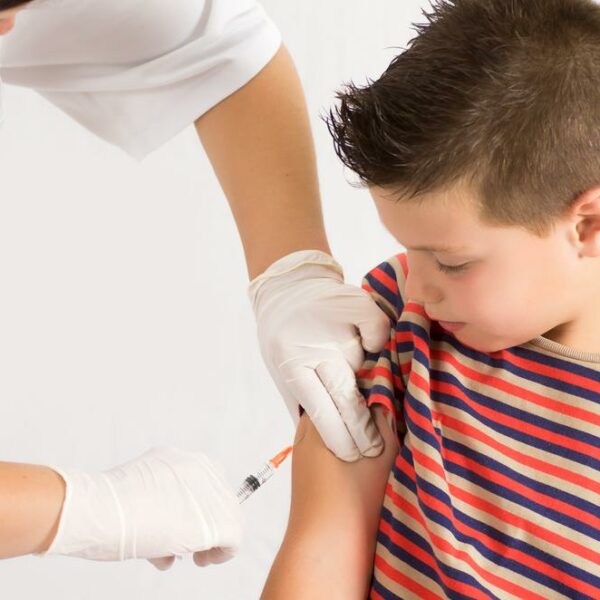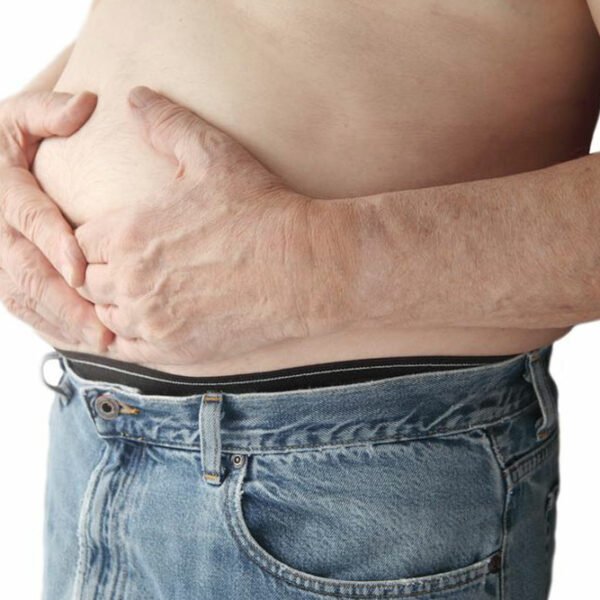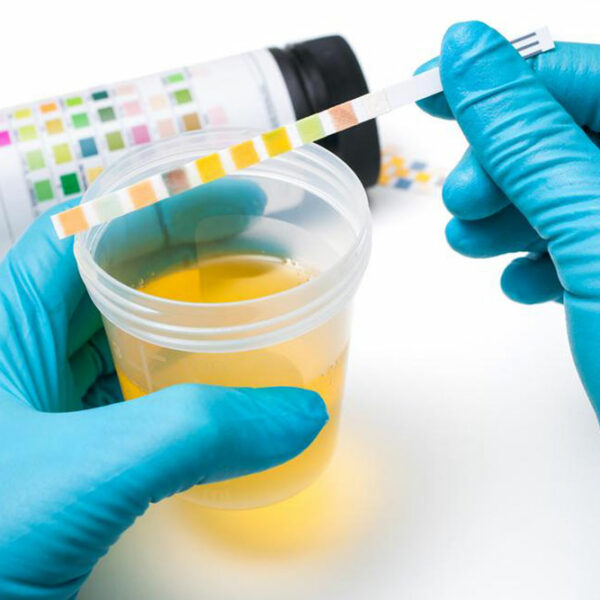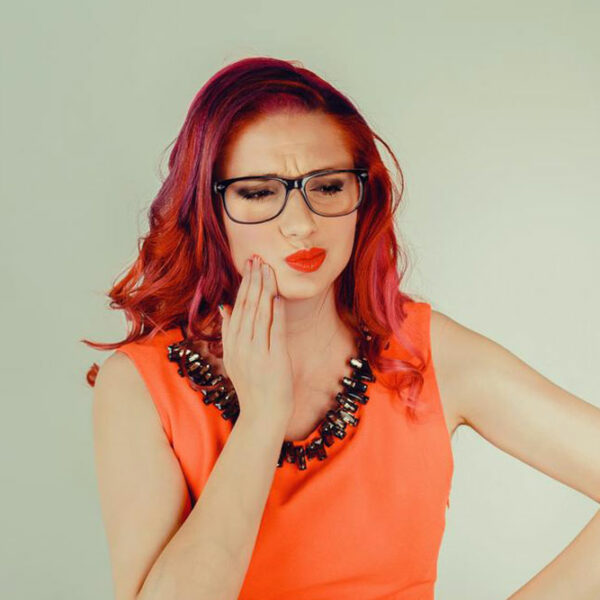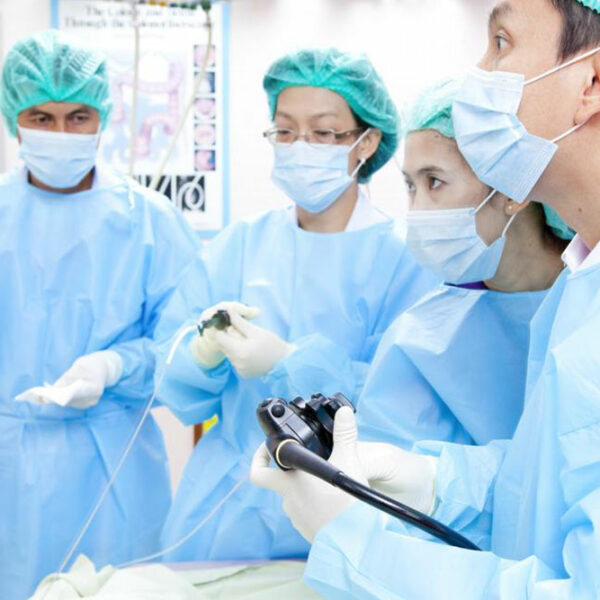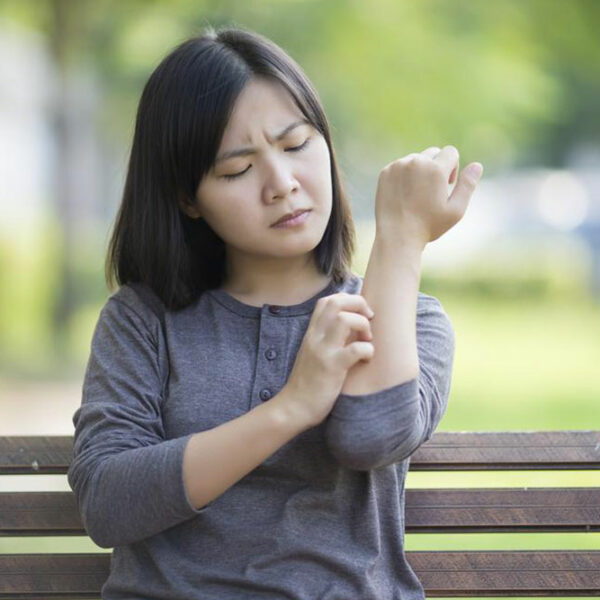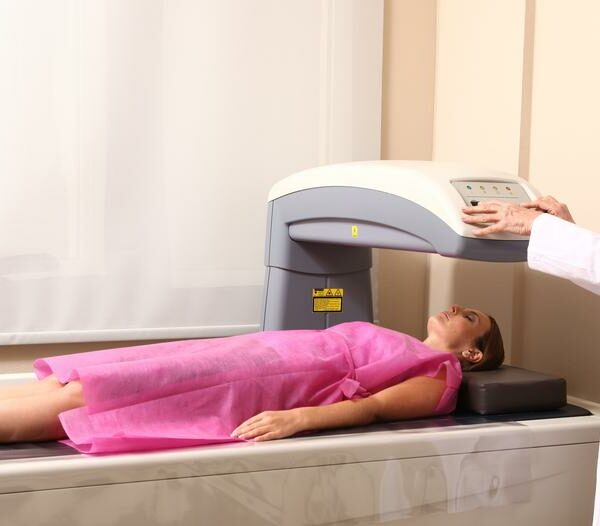
Why should you get a bone density test?
A bone density test is a test that is performed to gauge the strength of the bone. The density of the bone is measured and the chances of fractures and osteoporosis are determined. It is a simple noninvasive test, where a dual x-ray absorptiometry scan is performed. It is mostly done in the spine, hip, finger, wrist, or heel. Why you should get a bone density test? Fractured bone If you have had a fracture previously or are prone to such incidents, it is recommended that you immediately get a bone density test. If bone density is low, then there are more chances of fractures. A bone density test will help doctors to determine if the fracture is due to any underlying causes. It can be treated by medicines and a diet filled with vitamin D and calcium. Lost height If you have a recorded measure of the decrease in height, get your bone density tested immediately. There’s a chance that the decline is due to low bone density. Although such cases are very rare, it’s better to be on the safe side and get yourself tested as soon as possible. Severely underweight People who are severely underweight (below 127 pounds) should also get their bone density tested.
